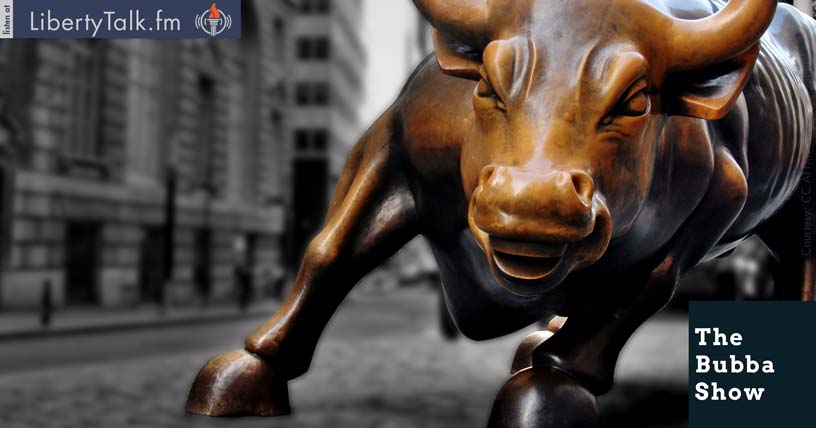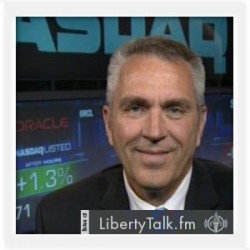

BY: Todd Horwitz, Host & Senior Contributing Analyst
PUBLISHED: May 13, 2015
Debt Instrument Duration and Level of Investment Risk
Bubba talks about hedge fund performance and asks the Badger what he thinks about their performance. Badger comments that the Hedge funds performance is based a lot on markets making big trends. They have huge positions on and in order to turn them around it takes time. He cites the recent reversal in the dollar and energy markets that cost the funds badly in April giving them their worst month in years.
Bubba asks the Badger about the S & P 500 benchmark and how that compares to the debt markets. The Badger comments that they are very small compared to fixed income. Bubba comments on universities and how their endowment funds are diversified. Bubba and the badger discuss hedging. The Badger describes a couple of techniques that he refers to as classical hedging techniques. Bubba and the Badger discuss some holes in hedging.
Bubba asks the Badger about the fixed income market. The Badger discusses the various classes of debt and compares the shortest term bill to the longest term bonds; he mentions the advantages and disadvantages of each class of debt. He then begins to explain how the market value and the face value vary over the life of the security and what that means to an investor. He maintains that it is important that this principal is understood.
Bubba asks the Badger to explain what happens as debt instruments go out in time or “duration”. The Badger starts by explaining how debt instruments are priced as interest rates fluctuate. He notes that the shorter the duration the less market risk that is taken by the lender. He concludes the session by explaining how very long term bonds can be dangerous when you have interest rates rising like they appear to be now.


